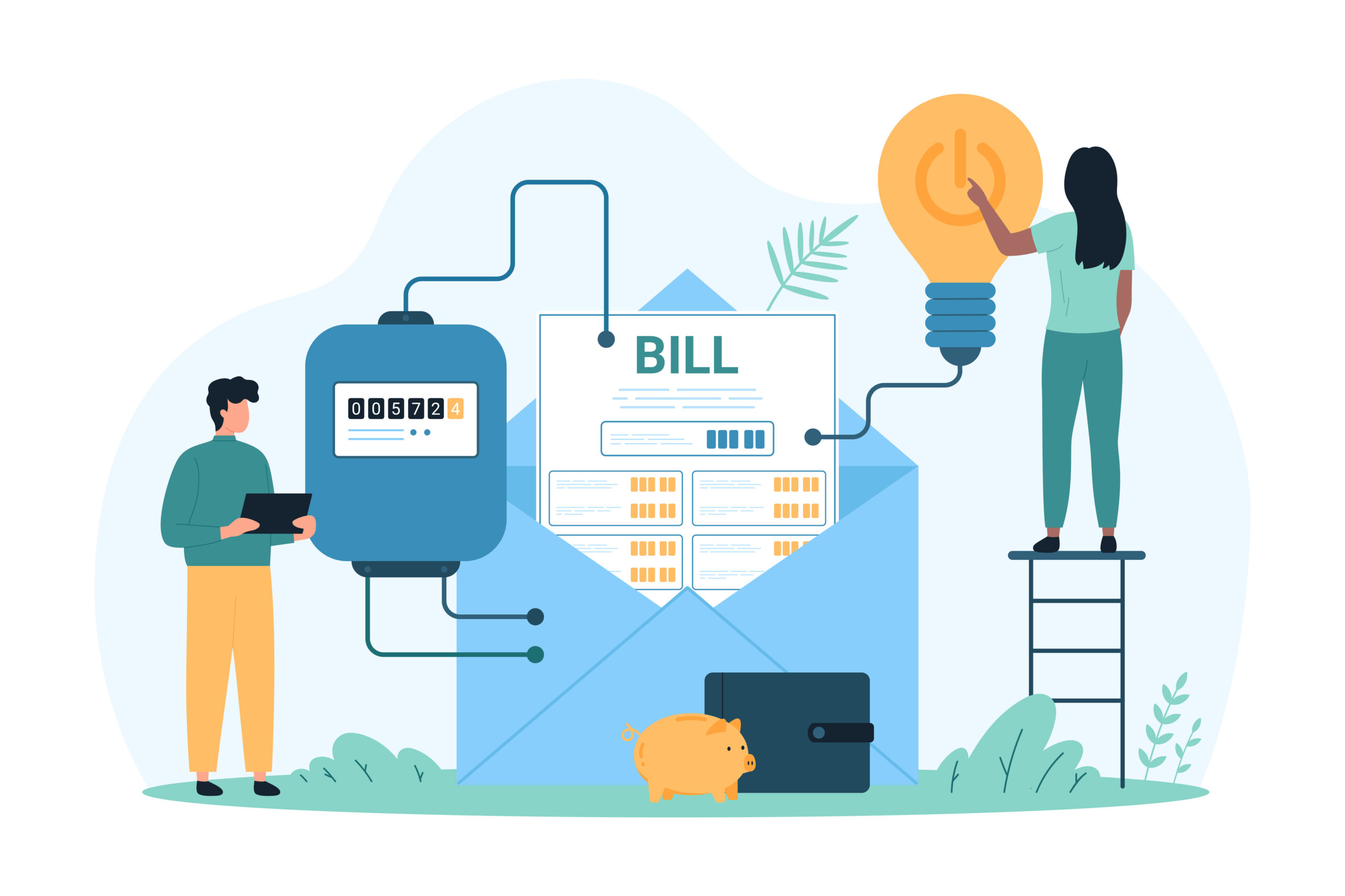Distributed energy resources (DERs) like solar, battery storage, and smart home devices like thermostats and water heaters have dominated conversations within the energy sector for years, and for a good reason: these same personal energy assets add both encumbrance and complexity to an already taxed national grid infrastructure. At the moment, the U.S. national grid is struggling to keep up with high volumes of interconnection requests for generation and transmission projects. While legislation like the Inflation Reduction Act or Bipartisan Infrastructure Law has worked to encourage the development of the necessary infrastructure, these projects take time to mature. Fortunately, flexible dispatch management tools provide the non-wires alternatives necessary to meet needs during the energy transition, while minimizing high energy costs and increasing grid resiliency.
What is Flexible Dispatch?
Flexible dispatching capabilities perform as the name implies, as a practical and fluid application of energy assets dispatched where and when they are needed to alleviate grid strain and congestion. Today, energy is dispatched across existing T&D lines to substations, which distribute that to end-users to meet energy needs. Currently, there are more distributed energy resources (DERs) in homes now than ever and analysts believe more are coming. For utility operations, that means an increase in customer defection—prosumers who are decreasingly dependent on traditional models of energy generation—and a parallel increase in grid complexity and load.
Flexible dispatch helps address these challenges by aggregating these distributed energy resources and redirecting them as needed. This often manifests as a demand flexibility initiative like demand response or EV managed charging, conservation programs that shift load to off-peak hours. At other times, utilities may employ flexible dispatch to aggregate community-generated or stored energy assets through reciprocal V2G charging, batteries, or virtual power plant technologies by pulling from those resources during peak times of need to resupply power as needed.
Why is Flexible Dispatch Important?
The core concept of flexible dispatch is in providing utilities from program managers to the operations room increased nuance in how they address demand. What that means, is that parent utilities—think G&Ts, JAAs, or utilities that help manage multiple cooperating companies—can call demand events that cascade across their entire operations network. According to the Multiyear Electrification Futures study by the National Renewable Energy Laboratory (NREL), demand-side management strategies and renewable energies aren’t just capable of working in tandem but are parallel and complementary tactics crucial to meeting demand as electrification efforts continue to evolve. Furthermore, flexible dispatch functionality is a nuanced way to address both the continued adoption of distributed energy resources (DERs) and interconnectivity or infrastructure issues.
Grouping & Flexible Dispatch
At a technical level, flexible dispatch is a grouping tool that allows utilities to break down and organize demand events for numerous reasons. Flexible dispatch utilizes the myriad distributed energy resources (DERs) in a service territory by factors like:
- Location
- Device Type
- Device Brand
- Type of Demand Flexibility Program
- Participation Rates
- Incentive Types
What that means is that utilities may group devices in a program to run one type of event, while grouping another to run a different type of event simultaneously. This is useful in mitigating costly upgrades, as flexible dispatch functionality provides localized dispatching capabilities allowing utilities to target problem areas in specific. It also allows utilities to run events at a much wider scale, without creating disruptions for customers. Events can be spread out across the service territory, not just in terms of device or program type (for example), but in smaller, aggregated amounts that aren’t as noticeable to consumers. Let’s take a look at a few specific examples.
Example #1: Flexible Dispatch From Parent Utilities to Coops, Operating Companies, & Utilities Participating in ISO/RTO Markets
However people may perceive distributed energy resources (DERs), they are already an inextricable aspect of the modern grid, and one that will continue to evolve. Fortunately, the very same devices that add complexity to the grid are useful assets in flexible dispatch. For parent utilities, that means running programs grouped in whatever way is most effective, whether that’s by assessing specific needs in one location or spreading out programs to minimize any potential disruptions to customers.
By leveraging DER assets in this manner, parent utilities can unlock greater value from their programmatic efforts to help support the wholesale market, address things like time-of-use rates that use market signals for pricing, or aid with distribution constraint management. For example, a Large G&T might manage several subordinate cooperatives. This Large G&T might want to run three separate events across three separate cooperatives to meet many needs, all of which create flexible dispatching opportunities to shift energy where and when it’s needed to meet demand without the customer even noticing. These savings flow upward to the parent utility, helping them respond more effectively to often volatile peak market pricing.
Example #2: Localized Dispatch
Grid congestion is an evolving and expensive challenge that has already cost U.S. utilities $20.8b in 2022 alone. Used to describe a mismatch between electric supply and demand and the capacity of the distribution network to meet that demand, distribution constraint management addresses these specific challenges through the targeted, localized dispatch of demand flexibility programs. For example, suppose an area has recurring problems with outages or brownouts, possibly caused by capacity limitations. Rather than running a territory-wide demand event, localized dispatch addresses these energy bottlenecks specifically, rather than in aggregate, allowing utility program managers to attend to demand issues uniquely, rather than whole cloth.
Example #3: Value Stacking & Breaking Down Internal Silos
Similar to example #1, flexible dispatch is a useful tool for all utilities irrespective of their size to get more out of the distributed energy resources (DERs) in their respective communities. For individual utilities, flexible dispatch provides a path to running multiple demand flexibility initiatives in tandem. For example, rather than running one demand response program, with the right distributed energy resource management system (DERMS), utilities can run several more programs across their service territory independently. That means that demand response, EV charging, battery programs, BYOD programs, virtual power plants, or more are possible without running all of them everywhere in aggregate.
Furthermore, many DERMS are designed to run multiple program types regardless of what the program is, provided the utility, vendor, or OEM can connect through their API structures. First, consider a DERMS vendor that features a robust API library to help mitigate these concerns. Once that is achieved, program managers from all of your demand flexibility initiatives can better coordinate their efforts, working together rather than apart to better meet demand. By breaking down internal silos, utilities can focus more on meeting needs, while decreasing excess spending and minimizing potential customer disruptions.
3 Use Cases For Flexible Dispatching of Distributed Energy Resources Conclusion
There is plenty already written and studied on the subject with research indicating that flexible dispatch is useful for problems like balancing uncertainties with EVs and microgrids or addressing pricing signals, to name a few. In fact, flexible dispatching is already proving useful to grid operators around the world. As our grid continues to evolve, growing more and more complex with each passing day, the capability to address load management in real-time, using any tactic available is increasingly relevant to meeting customer demand, enhancing grid resiliency, and decreasing costly peak energy spending.






